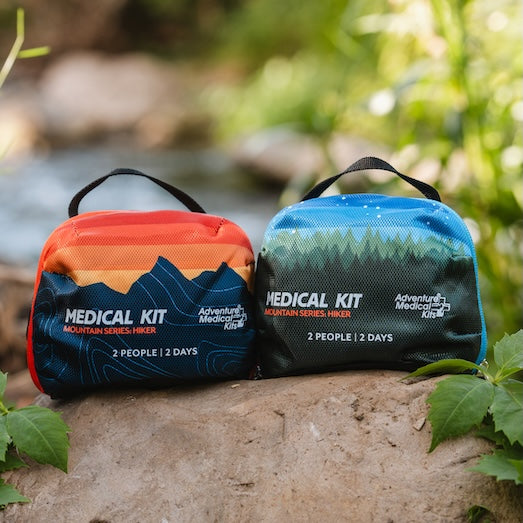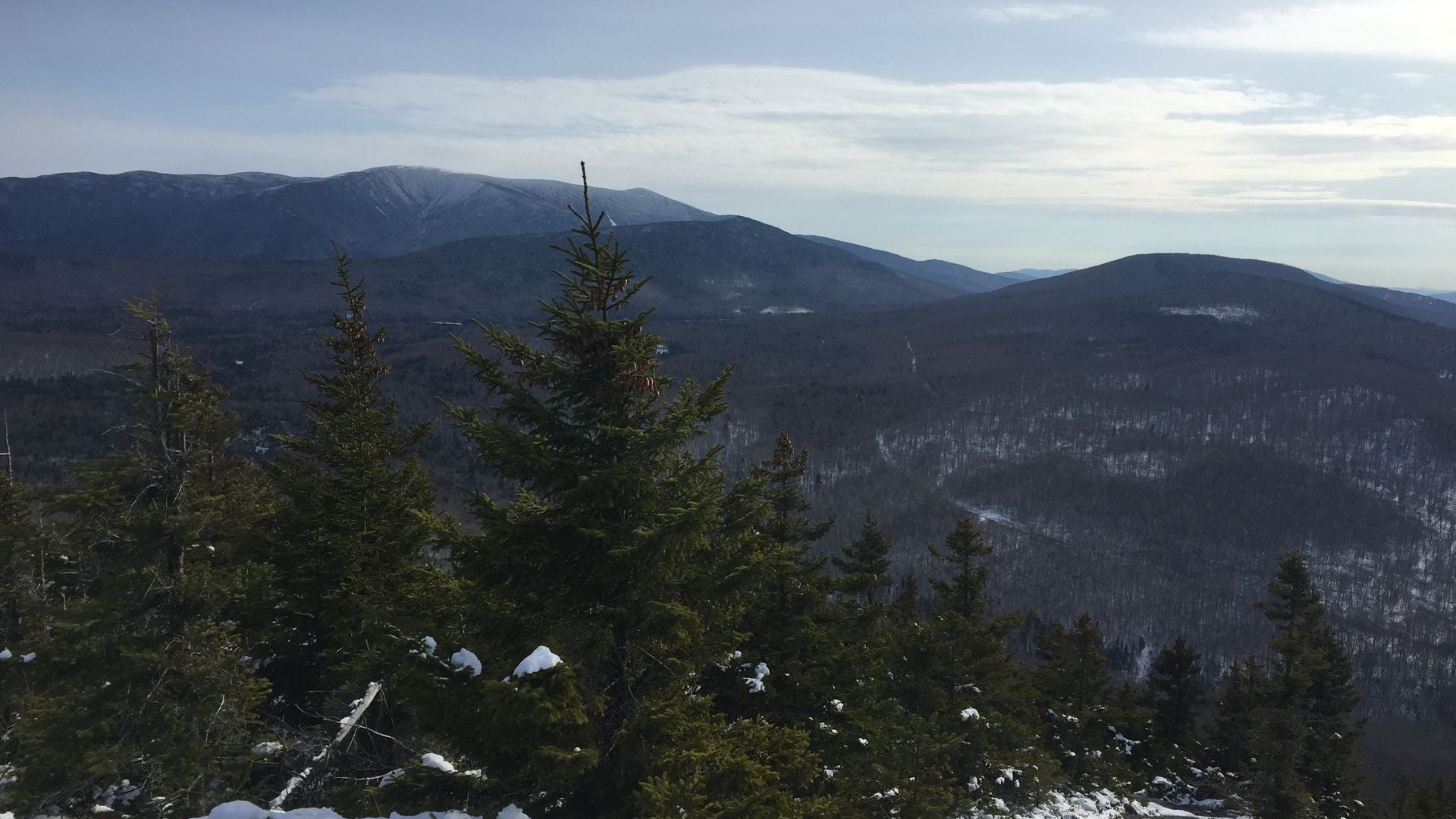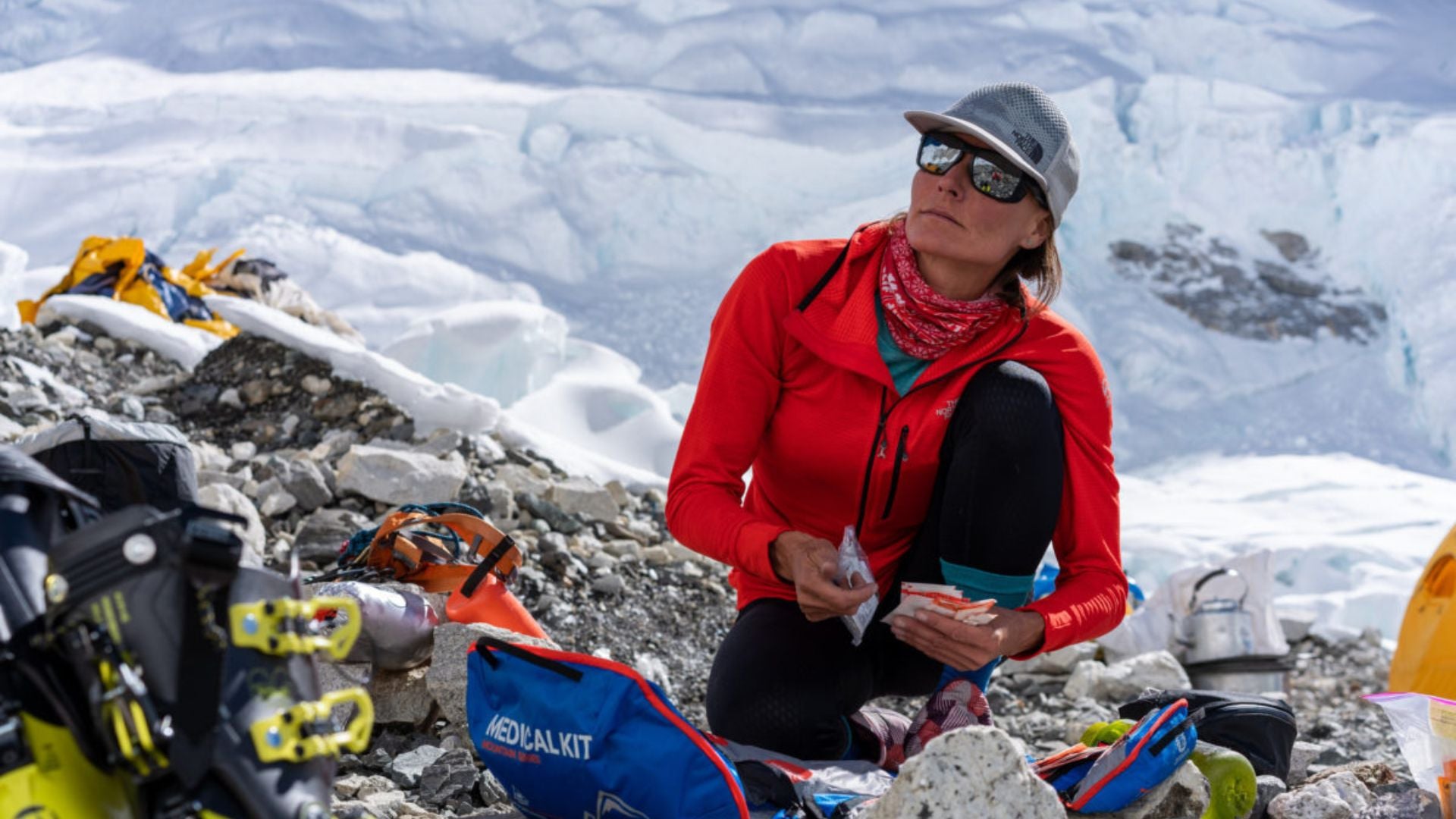By Christopher Van Tilburg, MD
We thought it high time to look at some big trends that are poised to impact wilderness medicine and safety. Here are five that may affect you:
- WFR standardizations. For guides, rangers, and search and rescue teams, the de facto course for medical training beyond first aid has long been the Wilderness First Responder course. The week-long “woofer” course is offered by a number of schools, but they differ in content, instruction, and length. Right now, there is no formal standardization on content, schools, or teachers, but work is underway to homogenize WFR. The task, however, is fraught with the difficulty of trying to reconcile widely varying state laws, student needs, and teaching styles. WHY IT MATTERS: You may soon be able to get a WFR card recognized around the nation.
- FEMA trickling down to Podunk. The post 9/11 changes with Homeland Security continue to improve disaster preparedness at the local level. Small-town volunteer search and rescue units have already seen regulations creeping into their protocols. What was once a rag-tag group of volunteers heading into the backcountry is slowly transforming into teams with medical and crime scene training, online incident response courses, and background checks. WHY IT MATTERS: New regulations can add a significant amount of time to what is traditionally a volunteer activity, which may deter participants. The upside: FEMA improves quality and resources for SAR missions.
- Need help in the backcountry? Swipe your credit card. A once-subtle notion of sending a bill to someone needing rescue is now a rising trend. Diverting the cost of search and rescue to the rescued party is not new, but it’s increasing due to a slow economy and decreasing municipal budgets. The camp in favor of charging a fee per rescue argue that it’s long overdue that irresponsible backcountry users pony up and cover the cost of their reckless behavior. Those fighting against the pay-per-rescue trend counter that there are plenty of alternatives to charging rescued people directly, including: adding user fees in the form of permits, raising taxes, restricting access altogether, and mounting public safety campaigns in an effort to reduce accidents. WHY IT MATTERS: While we all recognize the budget pressures many states and municipalities are facing, charging people for rescues may lead them to delay calling for help, making rescues even more dangerous.
- No go uphill or side-country. Winter resorts are changing their rules with regards to inbounds uphill traffic and side-country access, stemming from the burgeoning interest in skimo (aka ski mountaineering, alpine touring, and randonee). Of late, many mountain resorts have limited uphill travel or stopped it altogether for safety reasons. And many mountain resorts, which once had open or intermittently open boundaries, have restricted out-of-bounds travel. Rising costs to add ski patrollers and increase insurance coverage is one factor. Another issue: some skiers and snowboarders are unprepared for or don’t follow rules and laws of side-country travel. In fact, many mountain resorts now don’t let ski patrol go after backcountry skiers or snowboarders in trouble; if they do, they may send a bill (see #3). WHY IT MATTERS: We may be sending inexperienced skiers and snowboarders, who enjoy the added exercise of uphill travel, outside of the safe confines of the ski area to places they are unfamiliar with.
- Tech’s Take-Over of the Outdoors. GPS-enabled smart phones, digital cameras, avalanche beacons, wrist- top computers, — we’ve got a lot of high tech gadgets for a walk in the woods. WHY IT MATTERS: The plethora of these gizmos—many of which demand our undivided attention to use—can detract from the very solace we seek in the backcountry. Of more serious concern, as a member of an SAR team, I fear that the proliferation of these technogadgets is leading to a false sense of security. “If the battery dies on your smart phone in the backcountry, do you have the basic survival skills necessary to make it back alive?” It’s a question I’m not so sure most people can answer in the affirmative.














